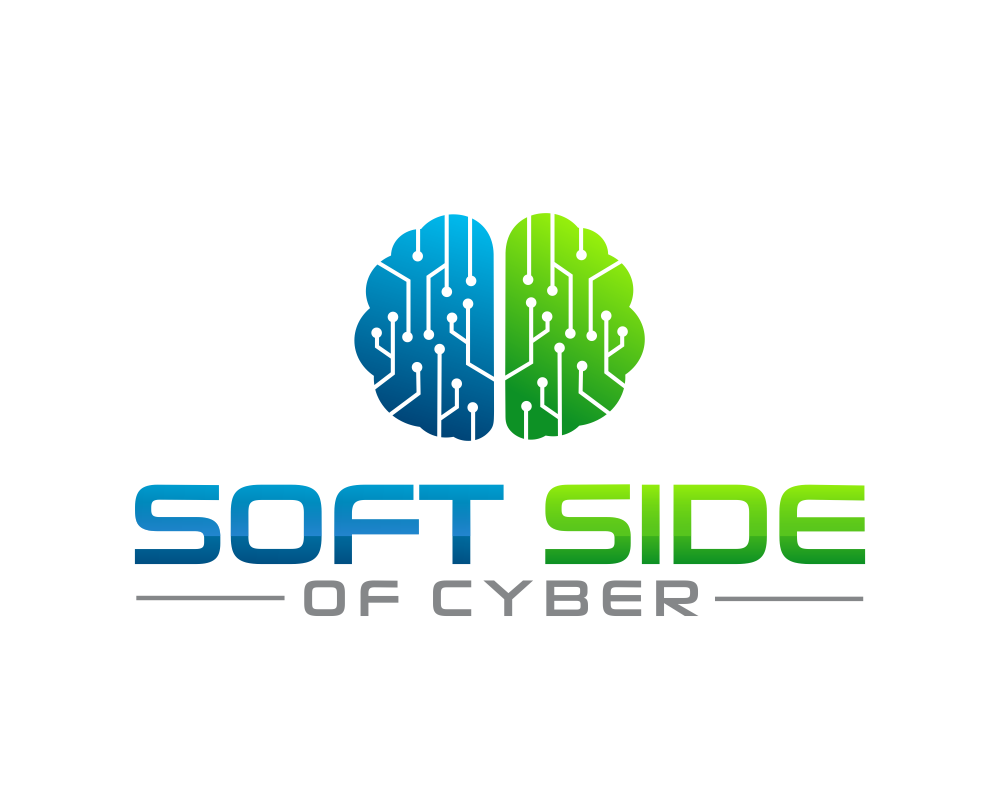
Metacognition: ‘Thinking About the Thinking’ is the Key to Professional Success
This article was a guest post from Jonathan Todd.
So you’ve been told you need “soft skills” to succeed in cybersecurity, and you’re probably familiar with some of the most important ones:
- Empathy: The ability to see a challenge from another’s perspective.
- Intelligence: The ability to build mental models of the fundamental tenets behind problems and arrive at solutions that are both flexible and effective.
- Self-Discipline: The ability to regulate your emotions and predispositions in order to be calm and reasonable even in stressful situations.
These are ways of “thinking about the thinking.” The scientific term? Metacognition. In contrast, “hard skills” are simply the ones involving knowledge about your job.
Metacognition is the subconscious task of regulating your mental interactions with the world (thoughts) so that your brain’s handling of input/output (I/O) is:
- Compatible
- Effective
- Consistent
These traits are a critical part of the formula for delivering value as a professional. If you can deliver value, you’ll become valuable to your peers, clients, students, bosses, and ultimately to your organization.
The delivery medium? Communication. All of the soft skills listed above come together to enable effective communication. Undelivered value is wasted opportunity. That’s why communication is the #1 soft skill. Its value delivery in the form of information, which is the essence of modern human collaboration.
By understanding and mastering empathy, intelligence, and self-discipline, you enable consistent, effective, and compatible value delivery.
And that is the definition of professional success. Good leaders enable that outcome and translate it into organizational success. So if you want to be part of a successful overall outcome, choose good leaders and be a good leader yourself. Remember: You are a leader on some level, even if that means leading yourself to better outcomes.
Which takes us full circle to Metacognition.
So, let’s dive into those three traits and relate each to the soft skill that enables it.
Compatible
Communicate your thoughts successfully with diverse audiences: bosses, clients, colleagues, peers, and students. They each have different backgrounds, which means different hard and soft skills, observations, pains, beliefs, goals, values, and experiences.
Empathy allows you to recognize those differences and regulate your communication strategy to target their strengths and mitigate their weaknesses. To address their pains, enable their goals, and align with their values.
Make very limited assumptions about a person’s knowledge and fill in any pertinent information to support the idea you’re trying to communicate. Explain acronyms. Define terms. Even if everyone in the room already has some idea about them, a little clarification can go a long way toward getting your audience on the same page.
Just because you know how the Linux Kernel works or have read the RFC for the SSH protocol, that doesn’t mean your colleagues have that same familiarity. Your boss might not have touched a command line in the past year. Think about what information the audience might be missing and what they value. What their pain points are. Address those. Fit your ideas into the frameworks of the minds of others. Be compatible.
Effective
Solve problems. Even ones you haven’t encountered before. Problems that have already been solved are addressed through hard skills (knowledge), but if you wish to excel in a challenging role, you’ll often need to apply and adapt those hard skills to address problems you’ve never experienced nor been trained for.
Intelligence is the process of…
- …abstracting complex problems into a set of fundamental things we know (our model),
- …identifying what’s missing from that set,
- …and then asking the right questions to fill in the blanks until we arrive at an effective solution.
Apply this problem-solving process to everything. Not just…
- “How do we detect that new threat?”
- or “quantify that risk?”
- or “comply with that regulation?”
…but also:
- “What does my target audience value?”
- “How does my idea tie into that?”
- “What alternate way of modeling this problem might make my solution more compatible with my boss’s goals?”
- “What’s missing from our onboarding training pipeline to cause this mistake to recur?”
Consistent
Be a reliable source of value to the people around you. If you aren’t reliable, you won’t be relied on. And that means people will work around you to solve their problems. In this case, you might easily be cut out of the loop entirely. Fired.
Self-discipline is a process in which you suppress predispositions, biases, and emotions, especially in difficult or stressful situations.
- Regulate negative emotions. Negative emotions shouldn’t bleed into your communication with colleagues or clients. Self-discipline is carefully regulating your thoughts and separating what you feel from how you interact with your professional environment.
- Override counter-productive urges. Self-discipline is choosing the difficult option with the greatest upside rather than the comfortable option with the worse or even negative outcome.
- Introspect your personal biases and predispositions. Have you already made your choice before carefully considering all the pertinent information? Is your mental model of the problem polluted with bad data? Rigorously search for bias within your thinking process and mitigate it.
When you eliminate bias, avoid counter-productive choices, and regulate negative emotions, when you enforce self-discipline, you make yourself a member of the team that everyone knows they can consistently rely on. And you become valuable.
The Outcome
By building your hard skills upon a foundation of soft skills, you enable yourself to…
- Solve new and challenging problems through intelligence.
- Deliver value by communicating your solutions in a manner regulated by empathy and self-discipline.
- And as a result, become a consistent, effective, and compatible asset to your organization.
This is why cybersecurity is not just about having the most subject-matter expertise but also about transforming that expertise into positive outcomes and ultimately building a cybersecurity program where all members contribute toward a positive return on investment for the organization.
And last but not least: Don’t neglect the hard skills involved in communication. The sales skillset (particularly knowing how to close) might be the difference between your valuable ideas being embraced and being ignored.


